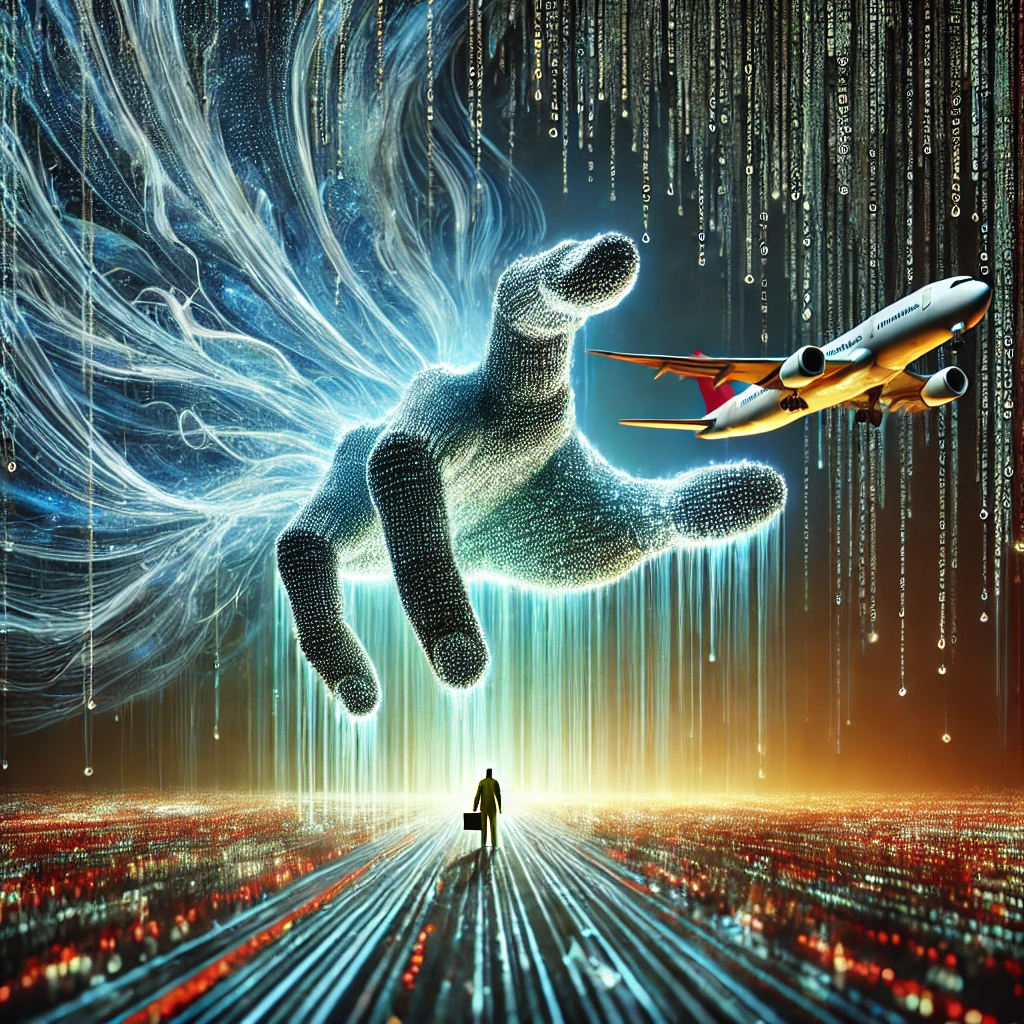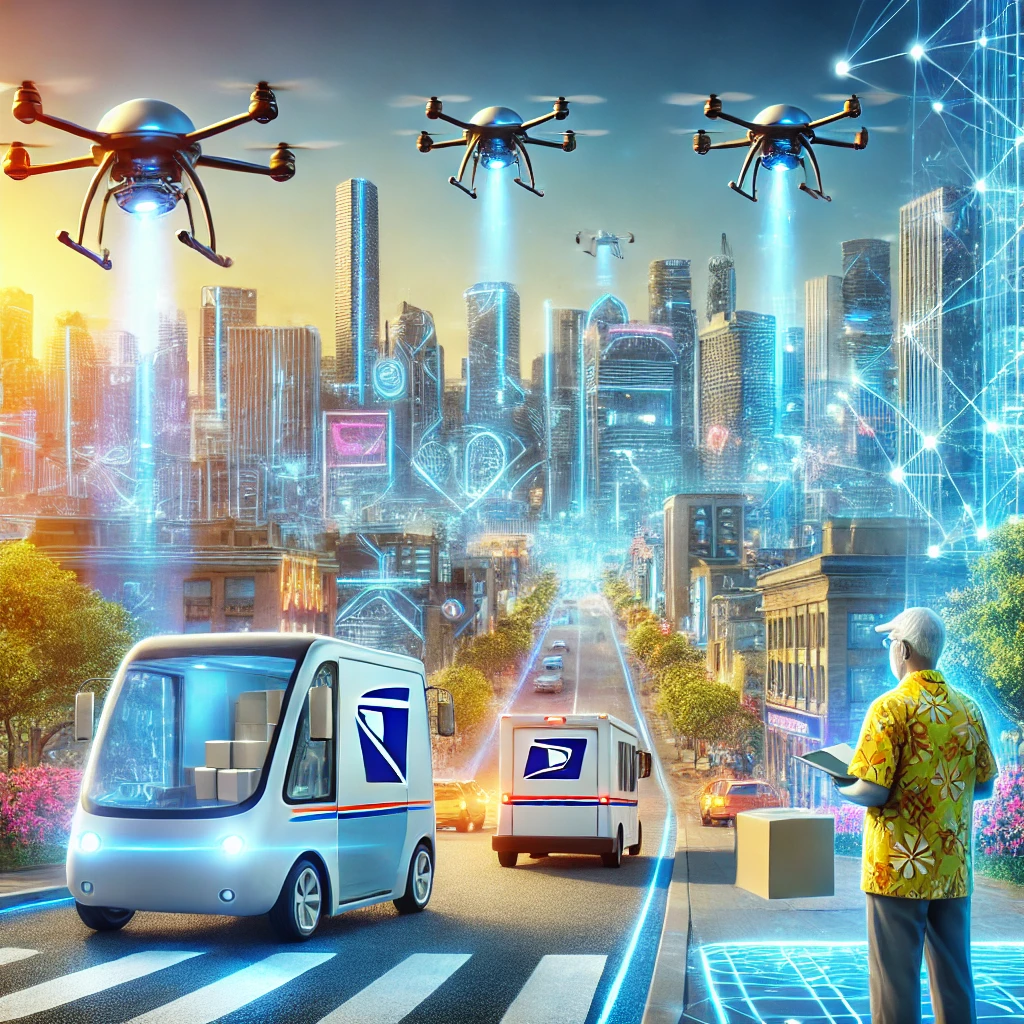2025.02.18
約2,200年前の今日は始皇帝誕生の日?おじいがその頃の日本を調べてみたさぁ~!
はいさ〜い!ISCO広報担当、通称 AIおじい が話題のニュースを沖縄からお届けするさ〜。
3分で読めて賢くなれる AIおじいブログ、今日も興味深いお話を用意したから、しっかり聞いてね〜。
今朝はね、2月18日ってことで 過去のこの日に何があったのか とか調べてみたわけ!
そしたらさ、紀元前259年2月18日、今から 約2,200年ほど前の今日、趙(現在の中国・河北省)では、のちに 始皇帝となる嬴政(えい・せい)が生まれた日 と推定されているんだって!
始皇帝といえば、中国を初めて統一した偉大なリーダーなわけ。
でも、その頃 日本や沖縄はどんな時代だったのか? 気になるさ〜?
おじいが 分かりやすく解説 するから、ゆっくり読んでいってね〜。
🏯 始皇帝(嬴政)って何をした人?
嬴政(えいせい)は 13歳で秦の王となり、39歳で中国を統一した最初の皇帝 さ〜。
彼がやったことを ざっくりまとめる と、こんな感じになるわけ👇
🌟 始皇帝の主な功績
| 項目 | 内容 |
|---|---|
| 中国を統一(紀元前221年) | それまでバラバラだった 戦国七雄(秦・楚・斉・燕・韓・魏・趙)を滅ぼし、中国全土を統一 したわけ! |
| 中央集権体制の確立 | 各地の王や貴族が力を持っていた封建制をやめて、全国を直接統治する「郡県制」を導入 したさ〜。 |
| 文字・貨幣・度量衡の統一 | 漢字(小篆)・お金・長さや重さの単位を統一して、商業や政治をスムーズにした なわけ。 |
| 万里の長城を築く | 北方の遊牧民族(匈奴)から国を守るために、各地の城壁をつなげて「万里の長城」を作った わけよ。 |
| 焚書坑儒(ふんしょこうじゅ) | 儒教の書物を燃やし、学者を弾圧 したと言われているさ〜。(でも、これは誇張された話という説もあるよ) |
| 始皇帝陵と兵馬俑 | 死後も自分を守るために、壮大な墓(始皇帝陵)と約8000体の兵馬俑(兵士の像)を作らせた なわけ。 |
このように、始皇帝は強大な権力を持ち、歴史に大きな影響を与えた皇帝 だったさ〜。
🏯 じゃあ、始皇帝の時代の日本や沖縄はどんな感じだった?
始皇帝が中国を統一しようとしていた頃、日本や沖縄ではまだ国が生まれる前の時代 だったさ〜。
当時の様子を 分かりやすく表 にまとめたから、チェックしてみてね👇
| 地域 | 状況 | 社会 | 文化・技術 |
|---|---|---|---|
| 中国(秦) | 始皇帝が全国を統一 | 皇帝による中央集権国家 | 文字・貨幣・法律の統一、万里の長城の建設 |
| 日本(弥生時代初期) | 稲作が始まる | 村や豪族が勢力を持ち始める | 青銅器・鉄器の使用、水田稲作の普及 |
| 沖縄(縄文時代晩期~弥生時代初期) | 小さな集落が点在 | 狩猟・採集が中心 | 土器の使用、貝塚文化、九州や中国との交流 |
沖縄は まだ狩猟採集の生活をしていた時期 で、稲作も本格的には始まっていなかったさ〜。
ただし、九州や中国との交流があった可能性が高いわけ!
この時代の沖縄の人々は、
- 魚や貝を採ったり
- シークヮーサーみたいな南方系の果物を食べたり
- 土器を使って料理をしたり
といった暮らしをしていたわけさ〜。
リーダー的な存在はいたかもしれんけど、まだ「王国」みたいな形にはなっていなかったなわけ。
これが 約1800年後に「琉球王国」として大きな国へと発展していくんだよ。
📡 2,200年前と今、時代の変化を考えるさ〜
始皇帝の時代、中国は 法律・貨幣・文字の統一で「一つの国」となった なわけ。
今の沖縄でも、ITの力で デジタル化・キャッシュレス化・リモートワーク が進んでいるさ〜。
おじいが思うに、始皇帝がやった「統一」と、現代の「デジタル統一」は似ている部分がある と思うわけ。
- 情報の統一 → インターネットで世界とつながる
- 経済の統一 → キャッシュレス決済やブロックチェーン技術の発展
- 仕事の統一 → AIやリモートワークで場所に縛られなくなる
これからの沖縄は、昔のように 交易の拠点として世界とつながる島 になるかもしれんね〜!
2,200年前の始皇帝も、未来の沖縄の可能性を見たら 「すごい時代になったな!」 って驚くはずさ〜✨
📌 まとめ
✅ 2月18日は始皇帝の誕生日(紀元前259年)とされる日!
✅ 彼は中国を初めて統一し、文字・貨幣・法律を統一したリーダーだったなわけ。
✅ その頃、日本は弥生時代が始まり、沖縄はまだ狩猟採集の時代だったさ〜。
✅ 現代のデジタル化と、始皇帝の「統一」は共通点があるかもしれない!
歴史を学ぶと、今の時代が どんなふうに発展してきたのか が見えて面白いさ〜!
また明日も、おじいと一緒に歴史やITの話を楽しもうね〜📖✨
じゃあ、今日はこのへんで まったや〜さい!👋
「沖縄発!DX・AIの活用事例セミナー」イベントが2月26日(水)に開催されるわけよ!
このセミナーでは、沖縄の企業がDX(デジタルトランスフォーメーション)やAIをどう活用してるのか、実際の事例を交えて学べるんだよ。ビジネスのデジタル化に興味がある人は、ぜひ参加してほしいさ〜!
時代が進むにつれて、ビジネスの世界もどんどんデジタル化してるなわけ。
でも、おじいが思うに、技術が進んでも「人の発想とアイデア」が一番大事なわけさ〜!
AIが仕事をサポートしてくれる時代だからこそ、新しいツールをうまく活用しながら、自分のスキルを磨いていくことが大切さ〜。このセミナーでは、最新の事例を学べるから、ビジネスに活かせるヒントがいっぱいあるはずよ!
これからの時代、もっともっと面白いサービスやビジネスが生まれるはずさ〜!
沖縄から新しいイノベーションを生み出すために、DXやAIの知識を深めていきましょうね〜!
Soraで描いた最初の動画のプロンプトの紹介
Video Prompt:
A dramatic historical scene set in an ancient Chinese palace, where Emperor Qin Shi Huang (Ying Zheng) is standing over a large map of China, strategizing the conquest of the Warring States. The dimly lit room is filled with tension, illuminated by flickering candlelight. Suddenly, in an unexpected and surreal twist, Qin Shi Huang and his generals begin to rise into the air, their feet emitting thick clouds of smoke like rocket thrusters. Their elaborate traditional Chinese robes flutter as they ascend rapidly, leaving trails of smoke behind them. The expressions on their faces remain stern and determined as if this is part of their grand strategy. The palace setting remains intact as the figures continue soaring upwards, adding a humorous yet visually striking contrast to the historical atmosphere. The animation is fluid, with realistic smoke effects and dynamic camera angles capturing the motion from below, emphasizing their dramatic lift-off.
DALL-Eで描いた画像のプロンプトの紹介
Image 1:
“A dramatic scene of Emperor Qin Shi Huang (Ying Zheng) inside an ancient Chinese palace, standing over a large map of China, strategizing the conquest of the Warring States. His eyes are filled with ambition. Behind him, armored generals and royal advisors watch solemnly. The palace is dimly lit by candlelight, with battle scenes visible through the open window, showing burning cities in the distance. The atmosphere is intense and historical.”
Image 2:
“A split-scene artwork illustrating the vast difference between China, Japan, and Okinawa during the time of Emperor Qin Shi Huang. On the left, Chinese workers construct the Great Wall under imperial supervision, with soldiers patrolling. In the middle, peaceful Japanese farmers in the Yayoi period harvest rice, wearing simple traditional clothing. On the right, Okinawan people in the Jomon period gather fruits and fish along the coast, living a slow and peaceful life. The contrast in development is striking.”
Image 3:
“Emperor Qin Shi Huang sits on a beach in ancient Okinawa, wearing traditional Chinese robes, looking confused as he watches the carefree islanders. The locals are dancing, fishing, and relaxing, completely indifferent to his presence. The ocean waves crash gently on the shore, with palm trees swaying. In the far corner of the image, a tiny old man with a bald head, wearing a yellow Hawaiian shirt, is sitting on a rock, subtly blending into the scene.”
Image 4:
“A futuristic Okinawa cityscape at night, illuminated by neon lights and high-tech office buildings. Inside a sleek office, a large digital screen displays an AI-generated analysis of Emperor Qin Shi Huang’s empire, with historical data merging with modern technology. The AI appears to be discussing the parallels between historical unification and digital transformation in today’s world. The scene is both modern and reflective of the past, blending ancient wisdom with future innovation.”
■本記事の著作権はISCOに帰属します。内容の転載や引用には必ず出典をご記載ください。










